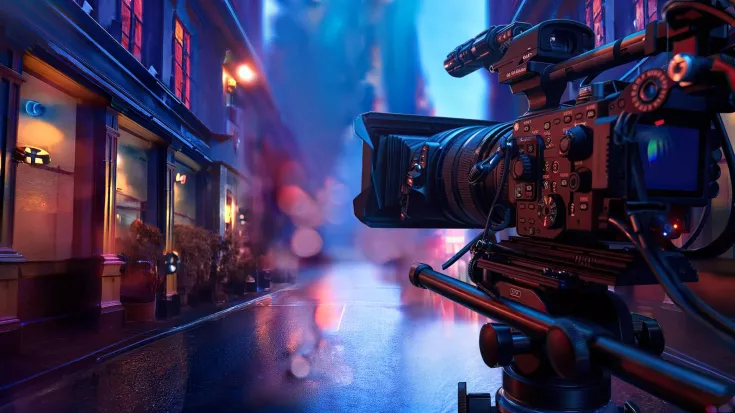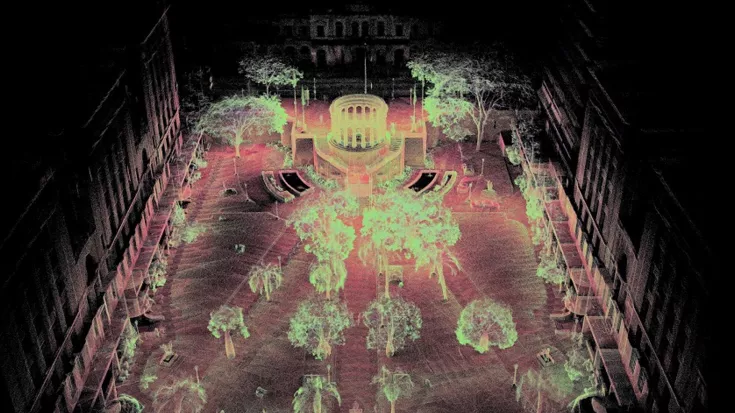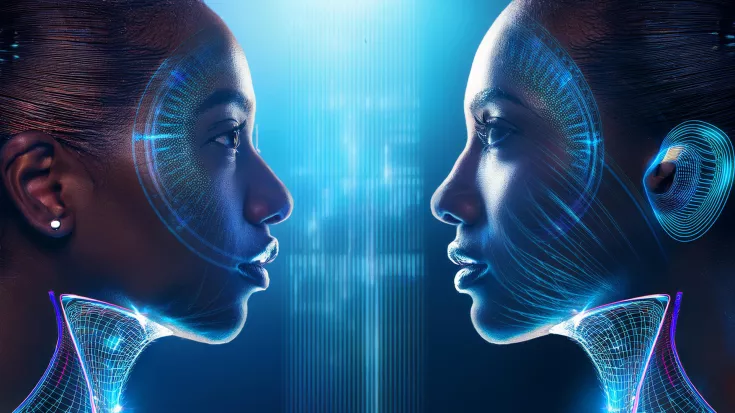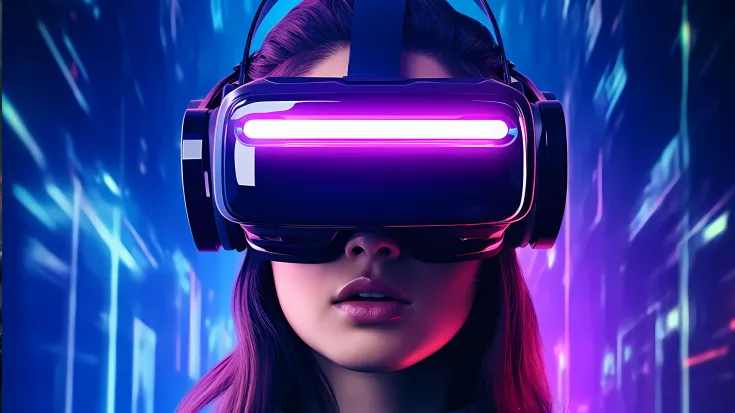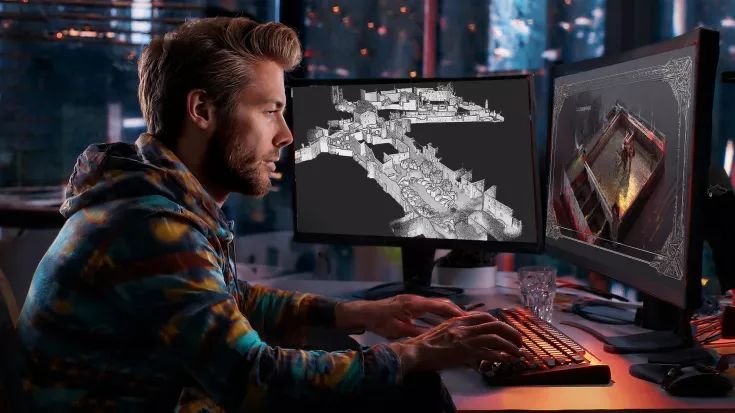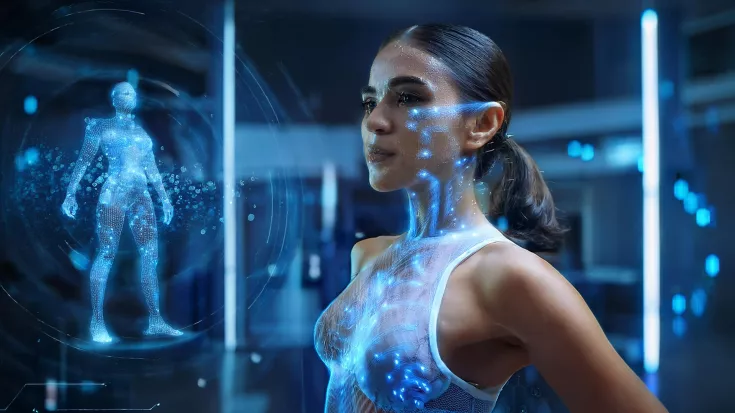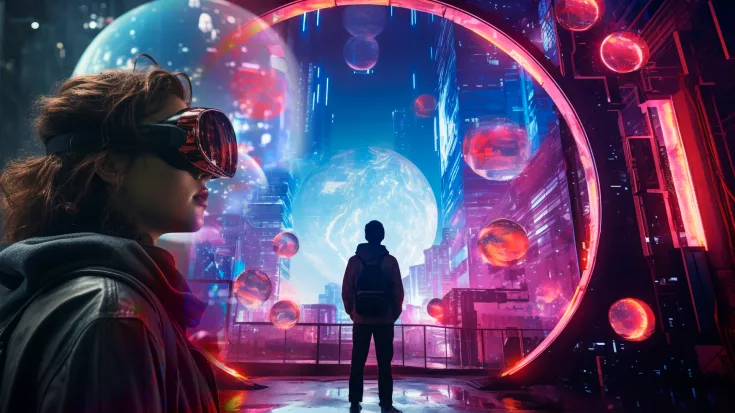3D Scanning for Digital Effects in Gaming & Film
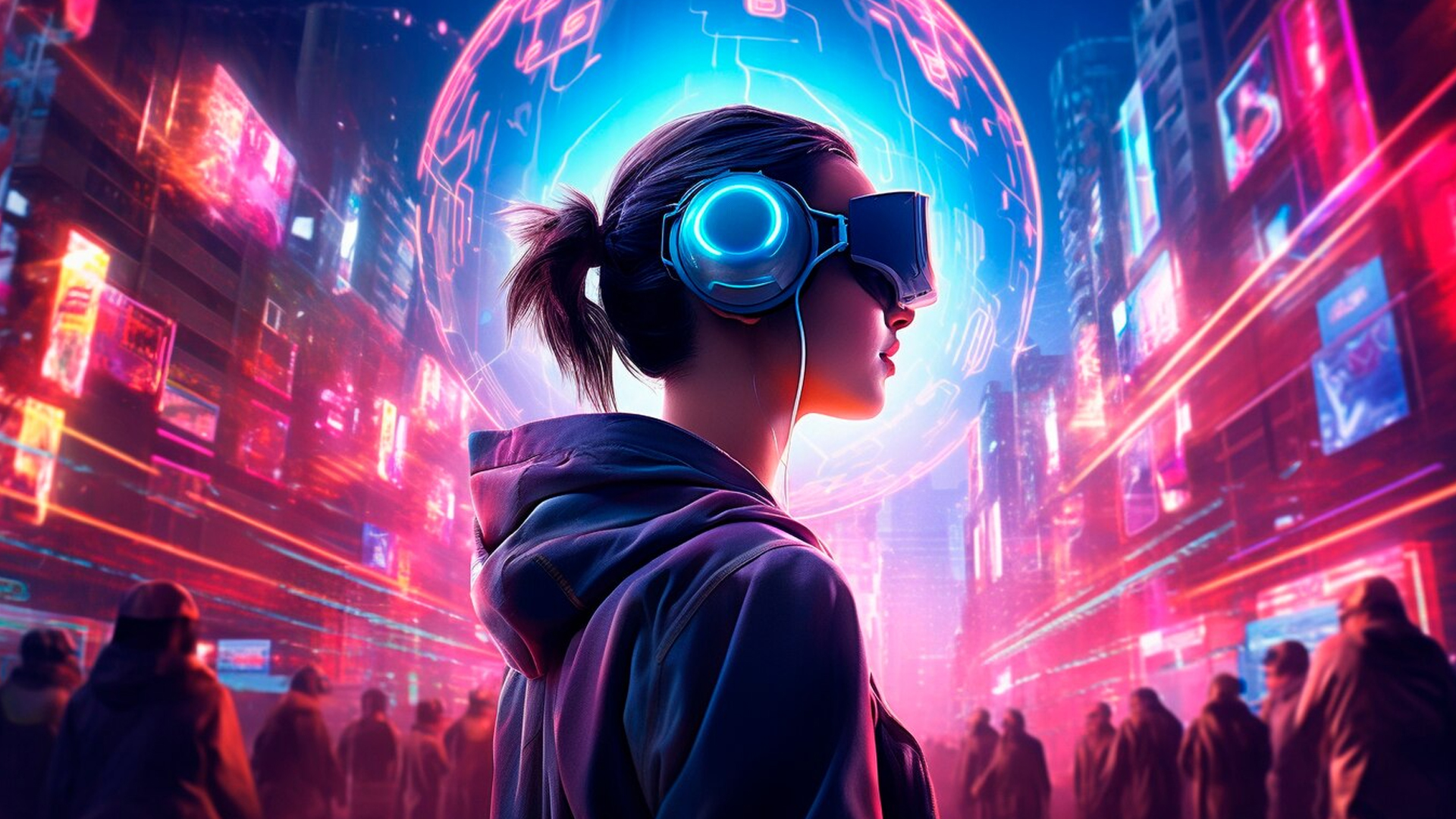
TitlePrecise digitalization of real worlds for film & game development
The digitalization of real locations and objects plays a crucial role in the film and games industry. Thanks to the continuous development of laser scanning, it is now possible to transfer real worlds into digital worlds with unprecedented precision and speed.
Both in the film industry and in game development, laser scanning offers significant advantages that lead to impressive visual effects and immersive gaming experiences.
TitleLaser scanning in film industry
Easier storyboarding & optimized pre-visualization
Laser scanning is revolutionizing the film production process, especially in the early stages such as storyboarding and pre-visualization. Film crews can visualize locations in detailed 3D models, enabling not only spatial analysis but also precise planning of camera paths, lighting and scene composition. Thanks to the scanned environments, directors and camera operators can plan camera angles and perspectives in advance and later access true-to-scale data during post-production in order to seamlessly integrate digital content.
Location scouting & site-independent planning
Laser scanning makes location scouting much easier. Using 3D scans captured with terrestrial scanners or mobile scanners, a future film location can be explored virtually. The data obtained enables the entire film crew to view the location digitally and make decisions regarding set design, placement of props and camera movements – even if the team is in different geographical locations. This not only saves time and money, but also improves coordination between those involved.
Film & VFX productions
In the film industry, laser scanners help to capture sets, actors or special props. This enables VFX teams to create digital doubles, which are then used in visual effects or animations.
Precisely capturing the shape, texture and size of real objects saves an enormous amount of time and improves the accuracy of CGI elements.
TitleLaser scanning in gaming
Realistic virtual environments for VR & 3D games
In the games industry, laser scanning enables the creation of impressive, realistic environments. In virtual reality (VR) games in particular, real locations are transformed into digital worlds. This significantly shortens the development process, as developers no longer have to carry out time-consuming manual modeling.
Whether large landscapes or small, detailed objects – scanning can be used to generate realistic 3D point clouds, which can then be integrated into game engines. Modern scanners offer resolutions in the sub-millimeter range, which leads to extremely detailed environments, especially in high-resolution VR applications.
Optimized 3D level design & resource management
Laser scanning is an invaluable resource for level design in games. Developers can create entire libraries of scanned objects and environments, which can then be used individually for different levels and scenarios. This enables the flexible and precise design of game worlds. The geometries of buildings or entire cities can also be captured using laser scans and recreated in 3D. This approach significantly shortens the planning and development phases, while increasing the quality of the visual effects and the entire game world.
Photorealistic representation thanks to HD scans
Laser scanning is often used in combination with photogrammetry to capture both the geometry and textures of objects and environments. While the laser scanner captures precise 3D geometries, photogrammetry uses photos to create detailed 3D models. This technology is often used in film production and game engines.
For example, in games such as “Star Wars: Battlefront” and “The Last of Us”, real environments and objects were scanned to create extremely realistic worlds. The integration of HD scans and HDR images further improves the visual quality of these models. Using special cameras, the laser scans can be colored and thus displayed in a photorealistic way. This significantly reduces the modeling effort and enables developers to create immersive and believable worlds, especially in VR applications where photorealism is crucial for immersion.
Scanning real people for character development in video games
Laser scanning of people plays an important role in the gaming industry, especially in the creation of realistic characters for modern video games. By using high-precision 3D scanners, developers can create detailed digital images of real people that serve as the basis for fictional characters.
Body scans allow human emotions, skin textures and the finest details, such as wrinkles or skin pores, to be represented true to the original. This technology allows developers to transfer the movements and gestures of real actors into fictional worlds, making the characters even more believable and allowing players to immerse themselves in the game world.
Trends & developments in the gaming industry
The gaming industry is heavily influenced by technological advances, and laser scanning plays a key role in this. Particularly in the field of virtual reality and augmented reality (AR), high-resolution scans have helped to create more immersive and believable gaming experiences.
Artificial intelligence (AI) and machine learning complement the use of scans by interpreting the data and optimizing it in real time. This creates dynamic game worlds that adapt to the player's actions.
